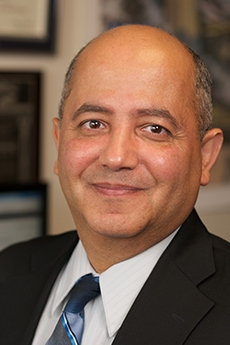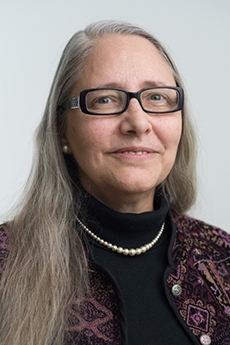Structural Engineering
Structural Engineering
Structural engineers are trained to design the 'bones and muscles' that create the form and shape of man-made structures such as buildings, bridges, stadiums, off-shore and other civil facilities. Structural engineers must understand and design for the stability, serviceability, strength and resilience of built structures. Structural engineers use their knowledge to design and build our world's infrastructure to safely resist man-made forces, as well as natural force including earthquake and wind loads.
The structural engineering group at the Civil and Environmental Engineering Department has experts in the areas of design and analysis of steel, reinforced & pre-stressed concrete and wood structures. The group has been engaged in top-notch research projects related to wide variety of areas of structural engineering, such as:
- Development of innovative performance-based procedures for the design and retrofit of structures
- Use of fiber reinforcement polymers for the structural rehabilitation of structures
- Design and analysis of pre-stressed and reinforced concrete structures
- Precast concrete structures
- Development of new systems for accelerated construction & replacement of highway bridge decks and girders.
- Applications of artificial intelligence to civil and structural engineering
- Design of computer-aided tools for civil engineering
- Fatigue and fracture in steel bridges
- Behavior of structural steel joints
- Nondestructive testing and health monitoring evaluation of existing structures
Research Facilities:
The Civil and Environmental Engineering Department has state-of-the-art research and testing facilities including the materials testing lab, the structural testing laboratory in the high-bay facility, and machine shops. The high bay research facility has a usable floor area for preparation of physical specimens, testing, evaluation, and monitoring of structural components and systems, and supports testing of structural members of large structural members. This testing facility is used extensively for on-going research projects at this research facility. These facilities allow students and faculty to build and test full-size building and bridge components.
Research Stories
A New and Innovative Precast Bridge Deck System (Prof. Sameh Badie)
Lateral Response of Self-Centering Unbonded Post-Tensioned Pendulum Shear Walls (Prof. Pedro Silva)
Faculty
Professor
Learn more about Professor Roddis







